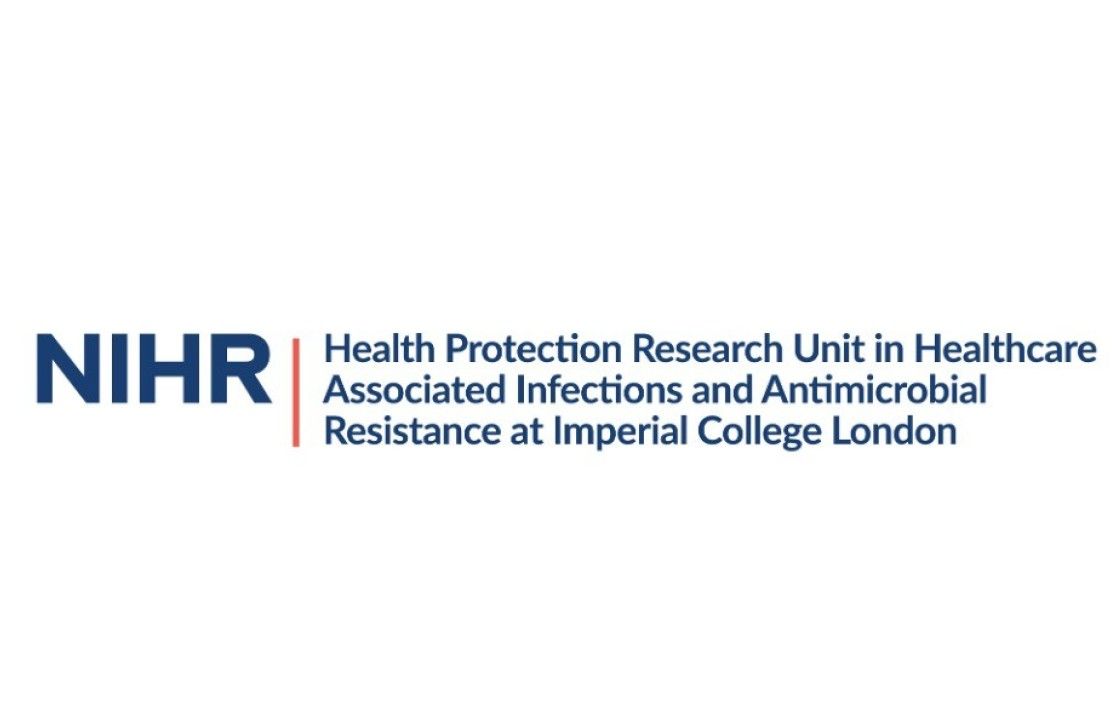BibTex format
@article{Vella:2016:10.1016/j.jhin.2016.04.011,
author = {Vella, V and Moore, LS and Robotham, JV and Davies, F and Birgand, GJ and Otter, JA and Brannigan, E and Dyakova, E and Knight, GM and Mookerjee, S and Holmes, AH},
doi = {10.1016/j.jhin.2016.04.011},
journal = {Journal of Hospital Infection},
pages = {118--124},
title = {Isolation demand from carbapenemase-producing Enterobacteriaceae screening strategies based on a West London hospital network},
url = {http://dx.doi.org/10.1016/j.jhin.2016.04.011},
volume = {94},
year = {2016}
}
RIS format (EndNote, RefMan)
TY - JOUR
AB - OBJECTIVE: To estimate the isolation demands arising from high-risk specialty-based screening for carbapenemase-producing Enterobacteriaceae (CPE), and the potential fraction of CPE burden detected. METHODS: Clinical specialty groups from three London hospitals were ranked by incidence of carbapenem resistance among Escherichia coli and Klebsiella spp. Contact precaution bed-days were estimated for three screening strategies: Strategy 1, 'circulation science and renal medicine'; Strategy 2, Strategy 1 plus 'specialist services'; and Strategy 3, Strategy 2 plus 'private patients'. Isolation bed occupancy rates and potential CPE detection rates were estimated. RESULTS: Of 99,105 admissions to the three hospitals in Financial Year 2014/15, Strategies 1, 2 and 3 would have screened 4371 (4.4%), 7482 (7.6%), and 13,542 (13.7%) patients, respectively. The specialties' isolation bed occupancy rates varied between 3% and 696% depending on strategy, number of consecutive tests, and whether or not pre-emptive isolation had been applied. Expected detection rates of the potential CPE burden in the hospital network would have varied between 17.1% and 47.5%. CONCLUSIONS: High-risk specialty-based screening has the potential to detect nearly half of the potential CPE burden, and would be more pragmatic than patient-level risk-factor-based screening. Pre-emptive isolation increases isolation requirements substantially. CPE screening strategies need to balance risk and resources.
AU - Vella,V
AU - Moore,LS
AU - Robotham,JV
AU - Davies,F
AU - Birgand,GJ
AU - Otter,JA
AU - Brannigan,E
AU - Dyakova,E
AU - Knight,GM
AU - Mookerjee,S
AU - Holmes,AH
DO - 10.1016/j.jhin.2016.04.011
EP - 124
PY - 2016///
SN - 1532-2939
SP - 118
TI - Isolation demand from carbapenemase-producing Enterobacteriaceae screening strategies based on a West London hospital network
T2 - Journal of Hospital Infection
UR - http://dx.doi.org/10.1016/j.jhin.2016.04.011
UR - http://hdl.handle.net/10044/1/67542
VL - 94
ER -

